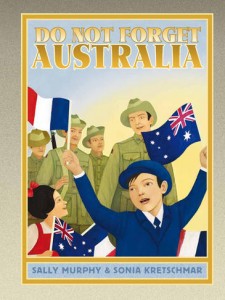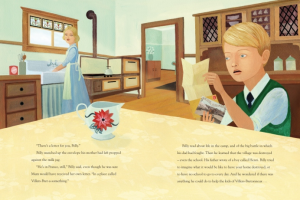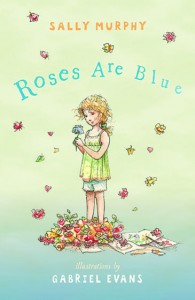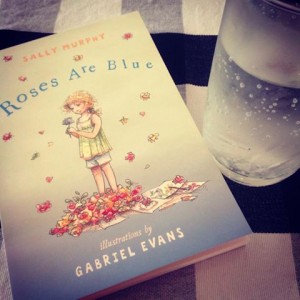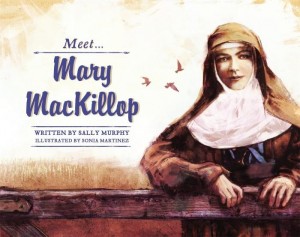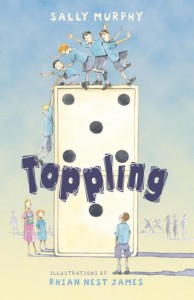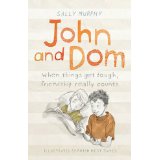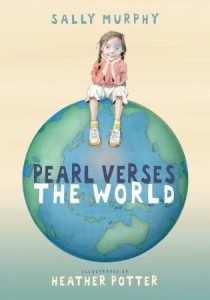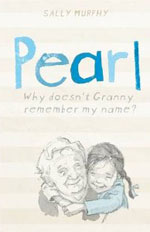How wonderful are teachers? And how awesome are young readers when they come together in a reading community lead by those teachers?
This display, at the brand new library at Clyde Primary in Victoria, is the result of a term’s work reading Bushfire, and diving deeply into the story, the events it portrays, and the topic of natural disasters.
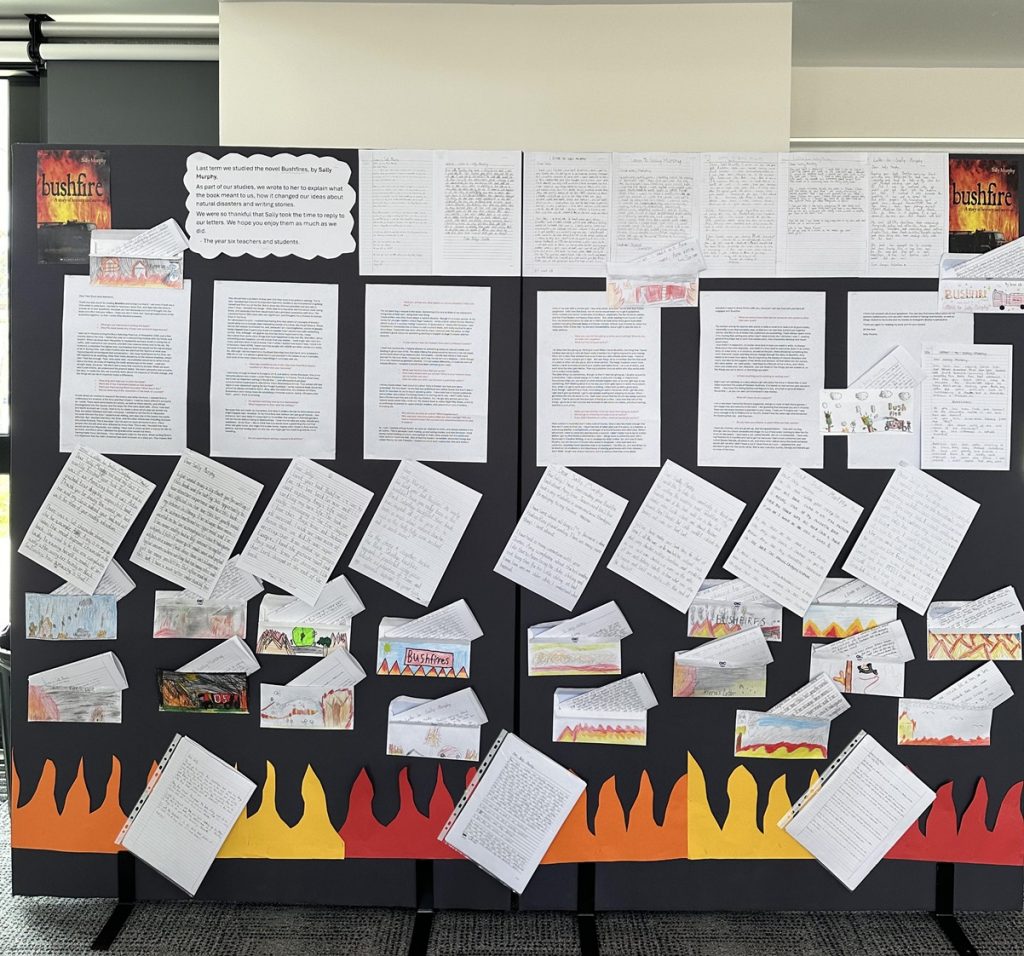
When teacher Nikki Elston emailed to ask if the students could write to me, I said yes, but when I received those letters I was blown away by the enthusiasm of the students and their thoughtful questions and responses.
This is the kind of thing that makes an author’s heart sing – knowing that their book, in the hands of passionate educators, can really make a difference.
Thanks Nikki, thanks to your colleagues and, of course, a massive thank you tot he year six students who wrote to me. I will treasure those letters for a very long time.
